Longridge tunnels
Longridge tunnels
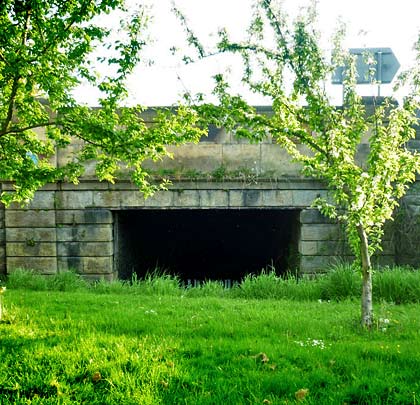
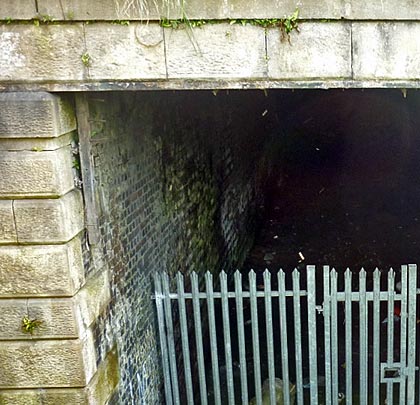
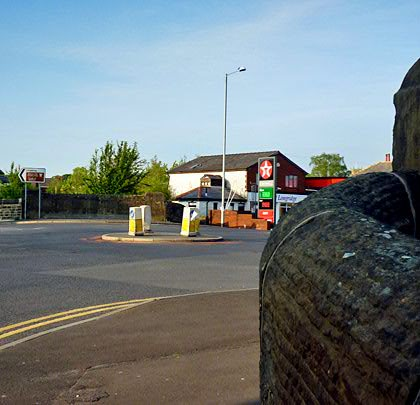
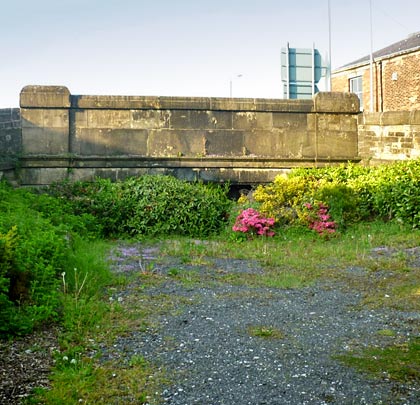
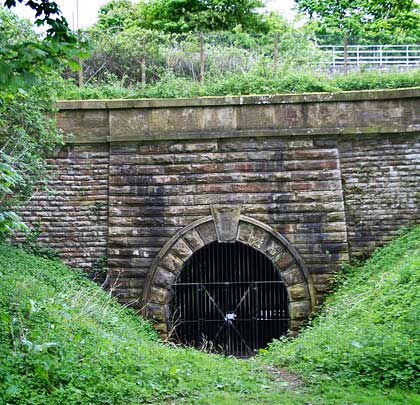
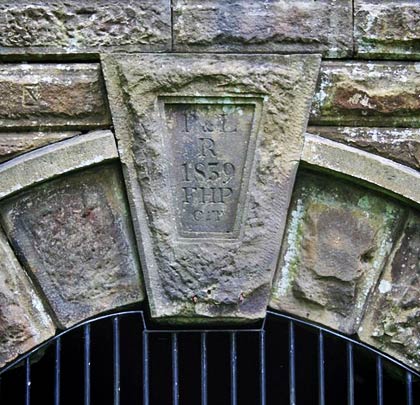
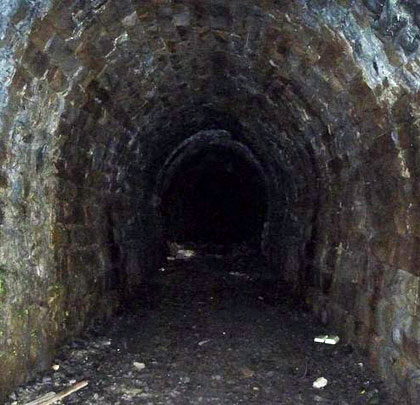
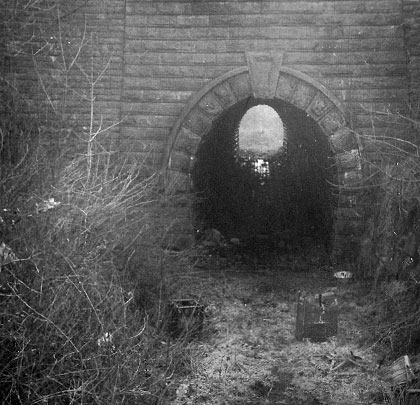
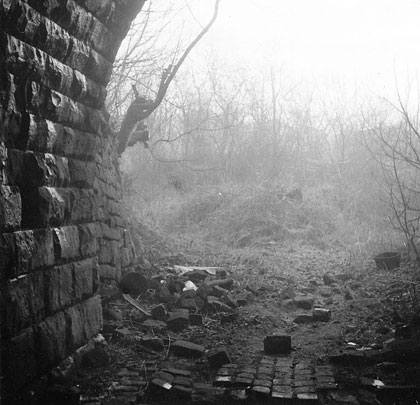









Conceived as a servant of Tootle Heights Quarry, the 6½-mile Preston & Longridge Railway was inaugurated as a single line on 1st May 1840. Wagons descended as far as Ribbleton by gravity and were then hauled into Preston and back up to Longridge by horses. Passengers were also catered for, if rather primitively.
In 1846, the route formed part of an ambitious plan to link Yorkshire with the Lancashire coast but this was abandoned in 1852 with just a cutting excavated. The idea was revived three more times – in 1866, 1918 and 1924 – but each scheme fell by the wayside.
Steam took over from horsepower on 12th June 1848. Two years later, a double-track extension was built at the western end through tunnels at Deepdale – initially for goods only – connecting the line with the Preston & Wye Joint Railway. Passenger services over this section were introduced in 1856, consigning the original Deepdale Street terminus to a freight-only existence.
The growing popularity of buses brought closure of the line to passengers in 1930. Goods traffic into the quarry ended on 6th May 1944 but continued south of Longridge Goods Yard until 16th October 1967. Complete closure came in the 1990s, although a rusting single track remains in place through the Deepdale tunnels.
At Longridge, two modest tunnels were demanded. The more southerly escorted the track beneath a road junction – now a mini roundabout where Whittingham Road, Derby Road, Kestor Lane and Preston Road meet. 43 yards in length, this was added in 1847 and comprises cast iron girders with brick infill arches to carry the road, supported by vertical brick side walls. The masonry portals feature high parapets with rounded copings.
Traffic to and from the quarry had to negotiate Tootle Heights Tunnel, extending for about 56 yards under Higher Road. Beyond the eastern end – which is now blocked off – was a junction, with one leg providing access to Croft’s Quarry, the other leading to the Tan Yard and Broomhill Quarry.
The west portal, which was Grade II listed in 1986, provides an unusual feature at the edge of a playing field. Its middle section is flat, projecting forward slightly, and built from rusticated, rock-faced masonry. The wing walls are curved. Above this, smoother-faced blocks form a string course and parapet; there is also a flat coping. The voussoirs are individually rusticated and rock-faced under a projecting string course. A tall keystone bears the date 1839 and the initials of the railway’s chairman Sir Peter Hesketh-Fleetwood.
The tunnel itself is eliptical, lined throughout in masonry and follows a straight course. Gates prevent unauthorised entry. In 2000, the extant portal – which was then partly buried – was fully exhumed and restored.
Click here for more pictures from the Longridge Archive website.
(Philip Holt’s pictures are taken from Geograph and used under Creative Commons licence.)







